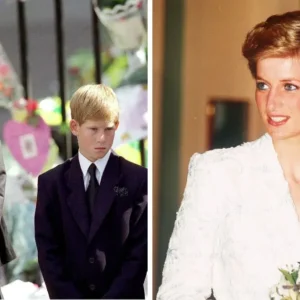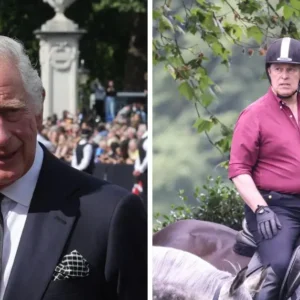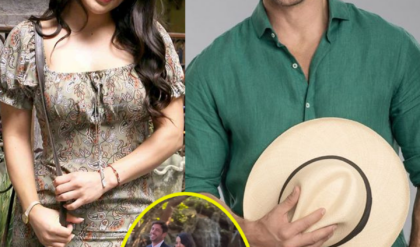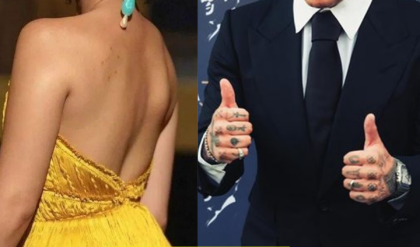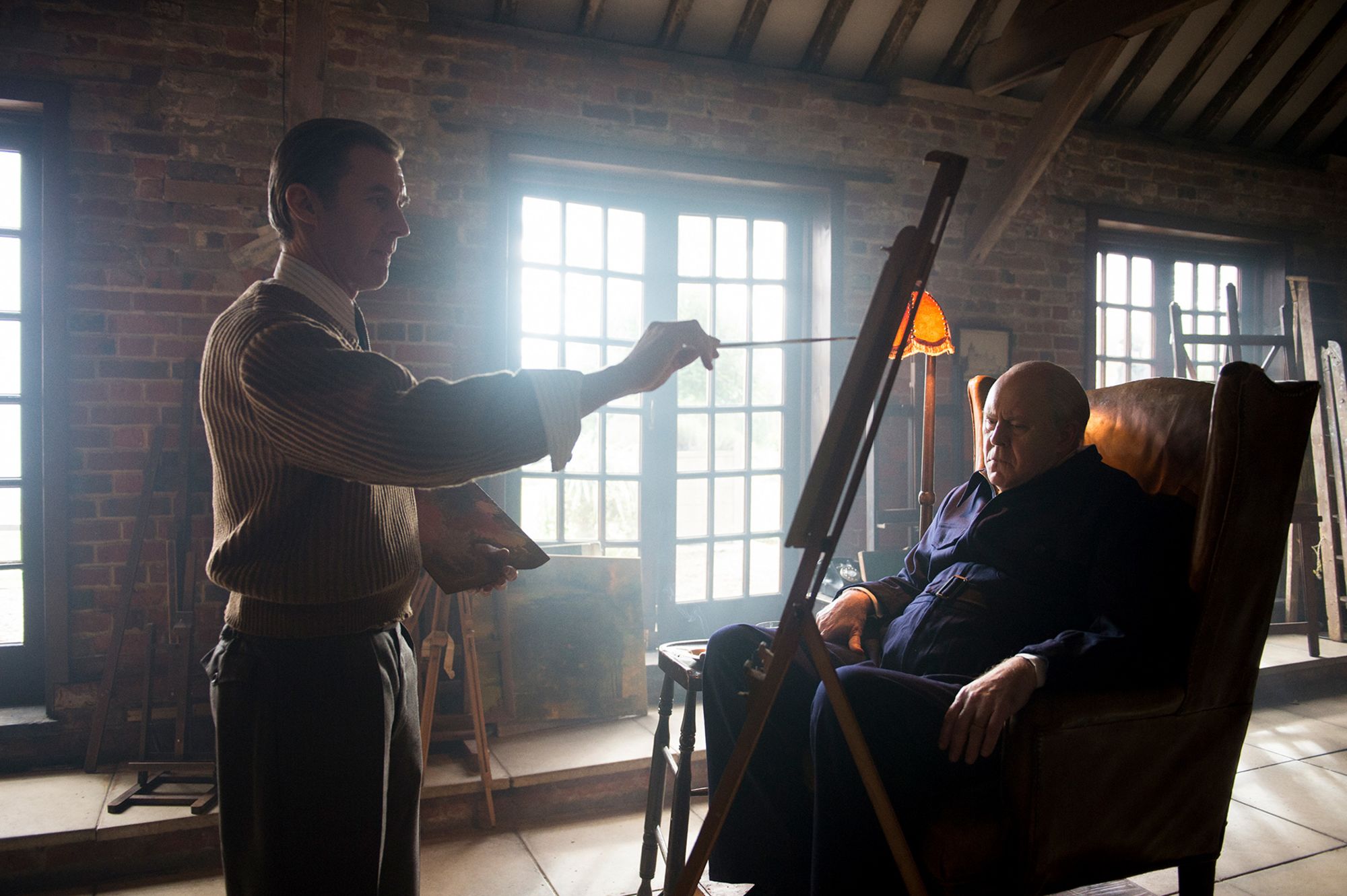
“That is not a painting, it’s a humiliation!” Winston Churchill (played by John Lithgow) angrily tells the renowned painter Graham Sutherland (actor Stephen Dillane) in the first season of “The Crown,” Netflix’s six-series dramatization about the English monarchy. Churchill is talking about his own portrait, commissioned to celebrate his 80th birthday, as it is unveiled in London’s Westminster Hall in November 1954.
Churchill goes on to describe his appearance in the painting as “a broken, sagging, pitiful creature,” Sutherland as “a Judas wielding his murderous brush,” and concludes the whole work is “a betrayal of friendship, and an unpatriotic, treacherous, cowardly assault by the individualistic left!”
The episode ends with Churchill’s wife Clementine (played by Harriet Walter) watching it burn on a bonfire outside their home.
Evidently, he was not a fan.
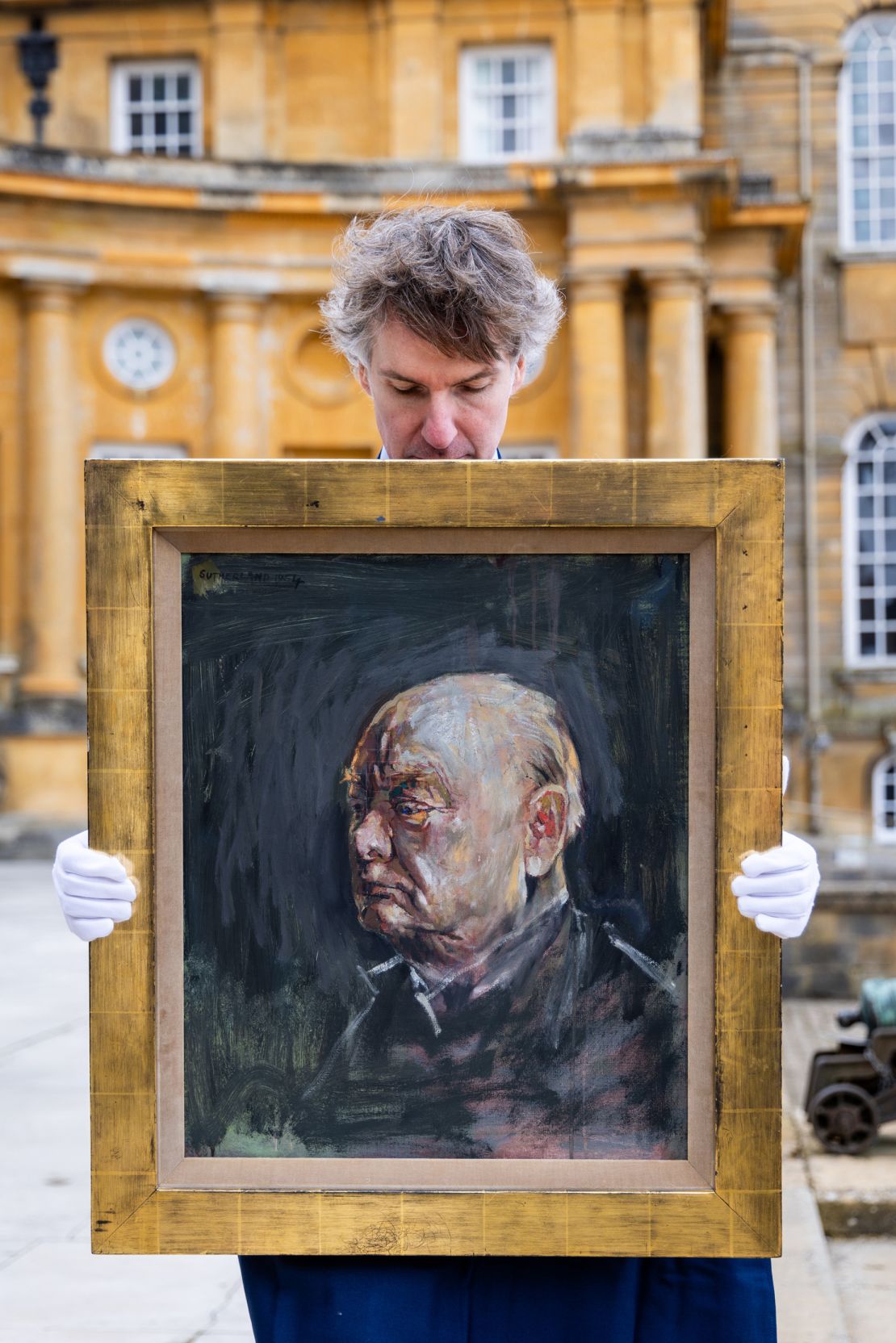
This was the first time the painted study of Churchill by Sutherland, made in preparation of the portrait, had ever been auctioned.
Tristan Fewings/Getty Images for Sotheby’s
While “The Crown” is not a documentary, it is true that the 80th birthday portrait —described by Churchill as “filthy and malignant” in a letter to his personal doctor — was burned.
“I think he was quite vain about his image,” Andre Zlattinger, Deputy Chairman UK and Head of Modern British & Irish Art at Sotheby’s, explained during a press briefing. “He’d had a stroke in 1953 so for him (how he was perceived) was important at that time. He’d won the election in 1951 by a narrow margin, and there was quite a lot of debate about him and his leadership.”
While the painting itself was destroyed, a painted study of Churchill — created by Sutherland in preparation for the infamous birthday portrait — had been on display at the UK’s Blenheim Palace in April, in the room where Churchill was born 150 years ago. Sutherland gave the study to his friend Alfred Hecht, who kept it for the rest of his life before gifting it to the current owner. After its stint at the palace, it travelled to Sotheby’s in New York and London ahead of it’s first ever auction on June 6, where it fetched £660,000 ($842,490); lower than it’s estimate of £800,000 ($1,024,000), but still the second highest price for a portrait of Churchill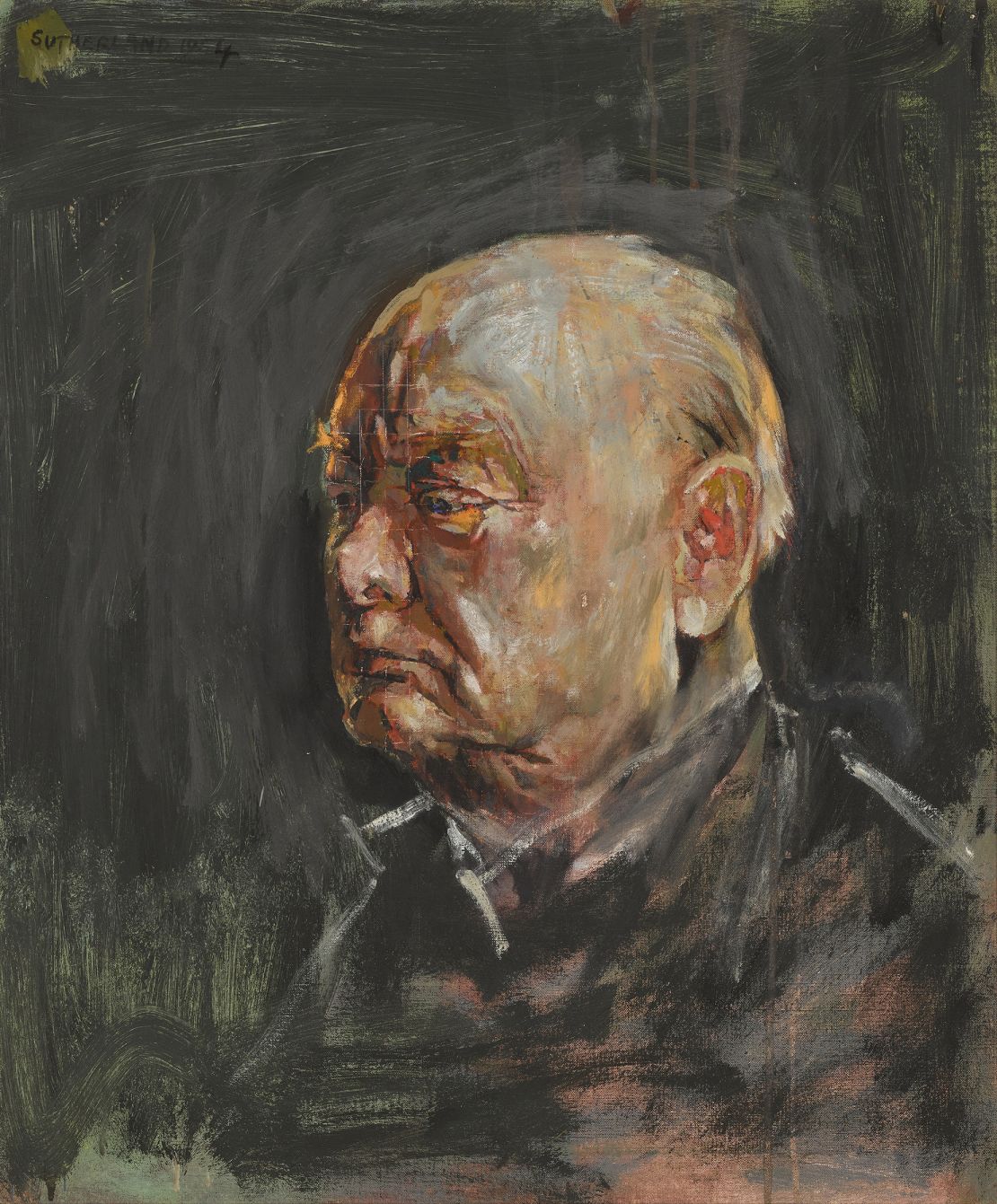
His health and political position at that time contributed to him being particularly controlling about how that portrait was created and perceived,” Bryn Sayles, Head of Sale, Modern & Post-War British Art at Sotheby’s, told CNN. “But even on earlier commissions, Churchill was quite famously a very tricky sitter and wanted to be depicted in a particular way. For instance, he made sculptor Jacob Epstein take out a bit of flab from underneath his chin (in a work), so from the beginning, Churchill understood the importance of his image as a politician and was very clear about how he felt that image should be presented to the public.”
Historic photographs of the UK’s royal family were also regularly altered, however, not everyone was happy about it. Swiss historian Alexis Schwarzenbach reported that Queen Elizabeth, wife of King George VI and mother of Queen Elizabeth II, returned her 50th birthday photo to photographer Cecil Beaton in 1950, with instructions to reduce the amount of retouching done to her lips and chin. Just four years later, Churchill’s very different reaction to his own ‘imperfections’ led to the scene now immortalized in “The Crown” — a factor which Sayles explains has ironically piqued buyers’ interests in owning his portraits.
“After “The Crown” episode and Gary Oldman’s portrayal of Churchill in the “Darkest Hour” movie, we literally had new collectors coming in the market looking for Churchill paintings because there was a renewed interest in him.”
While Churchill certainly would not have appreciated fresh attention on his hated portrait, buyers appetite for the study proves that the legacy of one of the UK’s most famous leaders is far from over yet.
News
MEGHAN MARKLE’S LATEST EFFORT UNDER FIRE: IS IT JUST SELF-PROMOTION?
Meghan Markle’s newest venture is facing criticism long before production has even begun! “The problem is I sometimes think Meghan can’t let go and wants it to be about her…” royal expert Rupert Bell dished on the “Kinsey Schofield Unfiltered” podcast. SOURCE:…
‘GOOD KING HARRY’: PRINCESS DIANA FELT THAT FUTURE ROYAL TELL-ALL SCRIBE WOULD MAKE ‘A BETTER’ MONARCH THAN PRINCE WILLIAM
Diana, Princess of Wales, once nicknamed her youngest son “Good King Harry,” due to his “general gusto” compared to the real future monarch and his elder brother, Prince William. “William doesn’t want to be king and I worry about that,” royal author Angela Levin wrote in…
FORGING HER OWN PATH: LADY LOUISE WINDSOR TO AVOID ‘ROYAL BURDEN’ AS SHE FOCUSES ON UNIVERSITY LIFE
Lady Louise Windsor, 20, and 16th in line to the British throne has decided to create her own path in life after previously contemplating a life of service to the Crown. “I think it’s probably too early to tell,” GBN’s royal correspondent Cameron…
“Royal Restructure Stumbles: Princess Anne’s Injury Puts Strain on Slimmed-Down Monarchy”
Prince William has reportedly taken King Charles III’s “slimmed-down monarchy” initiative to the extreme. But as the next king readies to slim down the Crown even more than his dad, a “severe warning” has been issued by some royal analysts when it comes…
FORTUNE FAVORS THE BOLD: KING CHARLES TO UNLEASH MONEY-MAKING STREAM AT ROYAL LODGE ONCE HE KICKS PRINCE ANDREW OUT
King Charles III is reportedly set to start a rental money-making stream once he finally boots his younger brother, Prince Andrew, from the Royal Lodge near Windsor Castle. “Rental of £1million a year is not far-fetched for a house of that size…
Jemele Hill Unleashes Furious Rant Claiming Caitlin Clark Receives Different Treatment From Media Compared To Black Players
Jemele and Caitlin Clark (Photo by Leon Bennett/Getty Images) (Photo by Andy Lyons/Getty Images) Jemele Hill has a serious issue with Caitlin Clark, but it’s not from something she did or said, but from the media who covers her. Caitlin Clark, the…
End of content
No more pages to load

